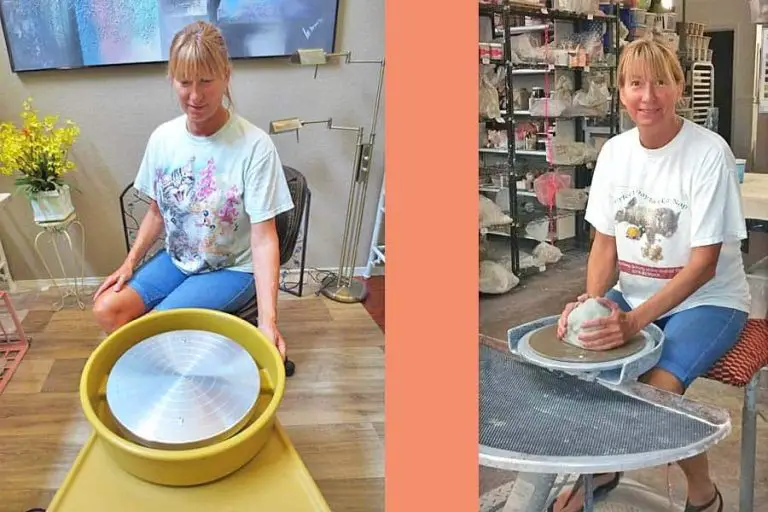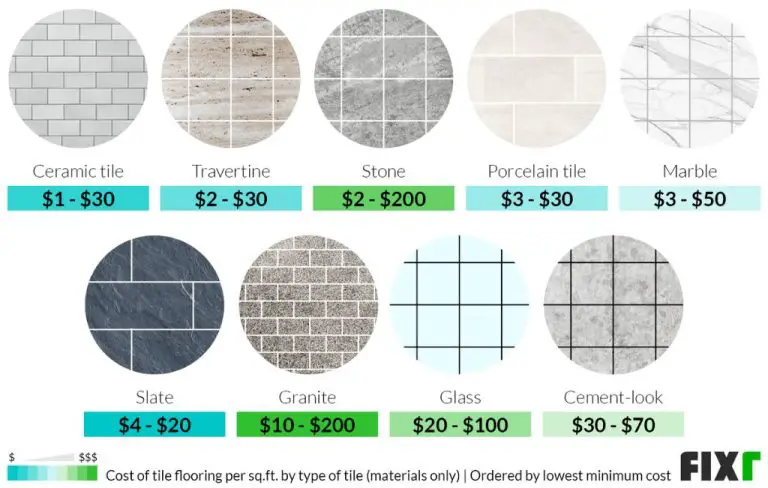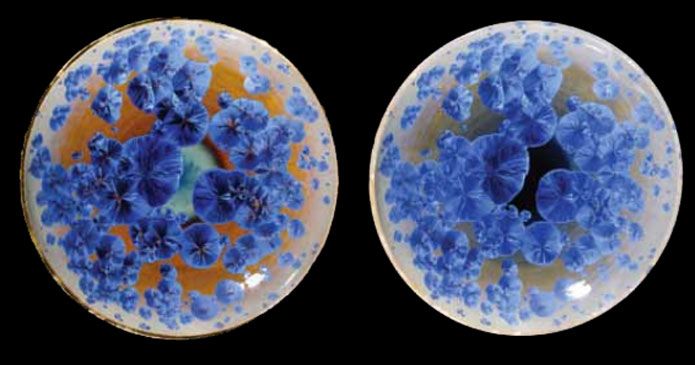Can You Use Any Plaster For Casting?
Plaster casting is a process of creating a plaster cast or mold out of plaster of Paris. Plaster casts are used to immobilize and protect injured bones and joints while they heal. Casts are made by dipping woven bandages into wet plaster and then wrapping the soaked bandages around the affected body part.
Once the plaster dries, it forms a rigid encasement around the injury. Plaster casting has been used in medicine for over a century to stabilize fractures and help align broken bones as they heal. While plaster was historically the go-to material for casts, today casting materials like fiberglass are also used. Still, plaster remains a common and effective casting material.
This article will provide an overview of the different types of plaster used for casts as well as the process and considerations for plaster casting on patients.
Types of Plaster for Casting
There are several main types of plaster commonly used for casting projects:
Plaster of Paris
Plaster of Paris is one of the most widely used casting plasters [1]. It is made from gypsum powder that is derived from naturally occurring gypsum mineral. Plaster of Paris sets quickly, yields a smooth casting surface, and is inexpensive and readily available. The main downsides are that it is fairly brittle with low tensile strength.
Dental Plaster
Dental plaster is designed for taking impressions of teeth, but can also be used for general casting purposes. It flows well and captures fine detail. Dental plaster sets more slowly than Plaster of Paris, allowing more working time. It is also harder and stronger than standard plaster once set [2].
Orthopedic Plaster
Orthopedic plaster contains additives that make it stronger and more rigid than standard Plaster of Paris. This makes it well-suited for casting body parts or making articulated joints. The downside is that it is more difficult to work with and requires bandages instead of being premixed.
Art Plaster
Art plaster is designed for sculpting, modeling, and casting smaller detailed pieces. It typically contains additives to increase strength and reduce shrinkage. Art plasters provide extremely smooth casting surfaces to pick up fine details.

Plaster of Paris
Plaster of Paris, or gypsum plaster, is a building material that consists of a fine white powder known as calcium sulfate hemihydrate [1]. It is created by heating gypsum, a soft mineral comprised of calcium sulfate dihydrate, to drive off some of the water molecules[2]. When mixed with water, plaster of Paris rehydrates into gypsum in a process called setting. The setting process happens quickly, taking between 5 to 30 minutes. This makes plaster of Paris a convenient material for creating fast casts and molds.
Plaster of Paris has many uses in arts and crafts, dentistry, and orthopedics due to its quick setting time and smooth surface when dry. Common uses include making statues, sculptures, and architectural molds. In dentistry, plaster of Paris is used to make models and casts of teeth. For orthopedics, it is formed into slabs and wrappings to create rigid casts to immobilize broken bones as they heal.
Dental Plaster
Dental plaster is made from gypsum and is designed specifically for dental applications like taking impressions or creating dental models (Source: https://www.dentaltix.com/en/blog/types-dental-plasters-and-casts-their-uses-and-classifications). It comes in types 1, 2, 3, 4, and 5, with varying expansion coefficients and setting times. Type 1 is the strongest while Type 5 is the weakest.
Dental plaster is used to make impressions of teeth and soft tissues of the oral cavity. It can produce accurate and detailed replicas of teeth and gums that allow dentists to examine a patient’s mouth and design dental appliances like dentures, bridges, retainers, and nightguards (Source: https://www.amazon.com/dental-plaster/s?k=dental+plaster). The impressions are poured with dental stone to create a durable cast.
Some advantages of dental plaster include its smooth mix, adequate strength, accuracy in capturing fine details, dimensional stability, and low cost. Its main disadvantage is low abrasion resistance.
Orthopedic Plaster
Orthopedic plaster is a specific type of plaster designed for creating medical casts and splints. It consists of a fine white powder made from hydrated calcium sulfate that hardens quickly when mixed with water.
Orthopedic plaster provides a smooth finish and consistent setting time of 2-9 minutes depending on the product. It generates less heat while setting compared to standard plaster of Paris. The plaster is permeable to X-rays, which allows doctors to examine the injury without removing the cast.
Orthopedic plaster offers high moldability during application but forms a strong, rigid cast once set. It provides excellent support and protection for fractured bones. The typical tensile strength ranges from 5-15MPa.
Some key specifications for orthopedic plaster products include package size options, setting time, and roll width/length.
Art Plaster
Art plaster is a specific type of plaster that is designed for casting sculptures and creating artwork. It has characteristics that make it ideal for detailed casting and modeling work.
Some key characteristics of art plaster include:
- Low expansion – Art plaster expands very little as it sets, allowing for highly detailed casts.
- High early strength – Art plaster gains strength quickly, so casts can be removed from molds faster.
- Fine texture – Art plaster has a smooth, fine texture that captures intricate details.
- Consistent set time – The set time is predictable, giving artists better control.
Art plaster is commonly used for sculpture casting, mold making, and modeling detailed artwork. The smooth consistency makes it easy to capture refined details. It also allows artists to build up complex forms through layered casting. Some limitations are that it can be brittle when fully set and prone to chipping if too thin.
Overall, art plaster is designed specifically to meet the needs of artists creating highly detailed sculptures, models, and casts using plaster.(1)
(1) https://www.composition.gallery/glossary/what-is-plaster/
Considerations for Casting
When choosing the type of plaster to use for casting, there are several key considerations:
- Setting time – Some plasters set very quickly, like plaster of Paris which sets in 5-15 minutes, while dental plaster can take 12-30 minutes to set. The setting time impacts how much working time you have.
- Strength needed – Certain applications require high strength plaster that won’t crumble or break easily, like orthopedic casting. Plaster of Paris and dental plaster are not very strong. Art plasters provide high strength for sculpture casting.
- Cost – Common casting plasters like plaster of Paris and dental plaster are inexpensive. More specialized orthopedic or high strength art plasters cost more. The cost per use or mold should be evaluated.
The purpose of the casting and characteristics needed should inform the type of plaster selected.
Preparing the Plaster
Properly preparing and mixing the plaster is crucial for successful casting. The standard ratio for mixing plaster is 2 parts plaster powder to 1 part water by volume. Always add the plaster powder to the water slowly and mix thoroughly to avoid clumping. Using warm water between 100-140 degrees Fahrenheit allows the plaster to flow and set more smoothly. Allow the plaster to sit for 2-5 minutes after mixing to allow bubbles to rise to the surface before applying to the cast area. Mixing plaster by hand requires vigor to fully incorporate the powder, so electric mixers make light work of large batches. When mixing multiple bags, maintain the same water to plaster ratio for consistency.
Source: https://www.smooth-on.com/tutorials/alja-safe-lifecasting-quick-start-guide/measuring-mixing-and-casting-plaster/
Applying the Cast
When applying a cast, it is important to properly layer the plaster to ensure strength and durability. According to the Merck Manual, casts are typically applied in two layers (1).
The first layer is a thick, moist layer of plaster that conforms to the shape of the body part. This layer should be 3-4 layers thick over bony prominences. The second and outer layer is a thinner, drier plaster that provides rigidity and smoothness. This is typically 1-2 layers thick.
Proper patient positioning is also key during the casting process. The injured body part should be placed in the position that the cast will hold – this allows the plaster to set properly. Elevation of the injured limb can help reduce swelling as the cast sets (1).
Layering the plaster correctly and positioning the patient properly ensures the cast provides adequate support and immobilization during healing.
Conclusion
In conclusion, there are several types of plaster suited for casting applications, each with their own strengths and ideal uses.
Plaster of Paris is a versatile, quick-setting plaster that can be used for general casting of body parts and objects. Its fast cure time makes it well-suited for urgent medical casting needs.
Dental plaster is formulated for precision dental casts like impressions for dentures. Its ultra fine texture captures intricate dental details.
Orthopedic plaster is designed specifically for immobilizing fractures. It has high strength and a moderate setting time to allow for proper limb positioning.
Art plaster is optimized for detailed reproduction of sculptures and other artwork. Its ultra smooth finish captures intricate surface textures.
When selecting a casting plaster, consider the application, necessary working time, required strength, and desired surface finish. Test different plasters to determine the best fit for a particular project or purpose.



